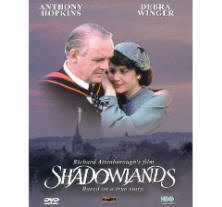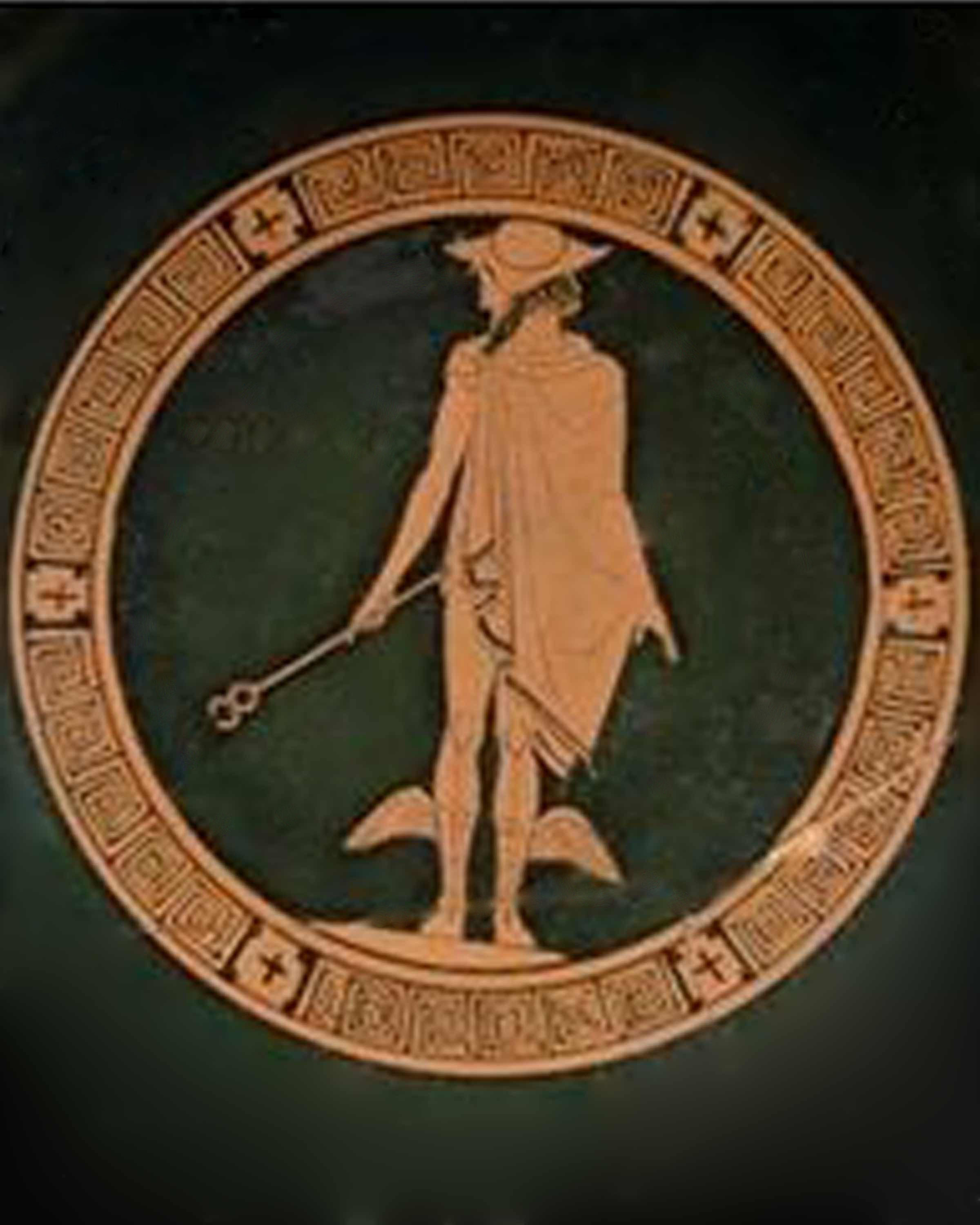William Lindsay Gresham's Nightmare Alley Tarot: Carnival Trumps
still under development
William Lindsay Gresham wrote a preface to the first American Edition of The Greater Trumps by Charles Williams. Gresham wrote the roman noir classic Nightmare Alley that features a different Major Arcana card for each of its 22 chapters. The novel was made into a milestone film, considered by critics Tyrone Power's best performance.
Gresham and his wife the poet, Joy Davidman Gresham (poetry pseudonym: "Joy Brown") both converted to Protestant Christianity after WWII. Both wrote accounts of their conversions that appeared a collection of apologia, These Found the Way (1951). Both discussed their prewar commitments to Communism and their disillusionment with it. William Lindsay Gresham discusses his creative angst researching Nightmare Alley, as backdrop to his own movement toward faith. Here I cite his discovery of Tarot:
During my analysis I had a brief period of prosperity: I managed to write a novel, savage, violent, and neurotic, which made money. Yet with a temporary release from financial worries, my own inner nightmare grew worse. It was not true, then, that men live by bread alone?
While doing research for the novel, I had discovered the writings of the Russian mystic and occultist, P. D. Ouspensky. This remarkable man, who devoted a lifetime to esoteric study of the fourth dimension — time — came back in his last book to repentance, grace, and Christian love as the real answer to the problems of life. Two things in his work particularly excited me. The first was his speculation on time: The world of " solid " experience, which I had taken to be all of reality, might be only a three-dimensional section of a multidimensional world. A thin slice, from the center of a carrot, would tell us nothing about the true shape of a carrot if we had never seen one. In yogic meditation I had come dangerously close to perceiving this " seventh side of the cube." My certainties began consciously to crack. Materialists seemed like adults who insisted on staying in kindergarten, frightened of anything more complex than blocks which they could pile up with their fingers. I I saw at last a great Mystery at the heart of the world, and my Marxist arrogance split at the seams and fell away, piece by piece.
The second thing I learned from Ouspensky was the existence of the tarot cards. The tarot deck, ancestor of our modern playing cards, is now used mainly by fortunetellers. These cards owe their origin to ancient religious mystics, who embodied their revelations in symbolic designs which became the figures for the face cards in the tarot deck. These mystics, casting about for a way of perpetuating their ideas in a barbarous age, hit upon the card game as having as great longevity as anything else in a world in which all things seem to perish. And they may have been pretty shrewd at that, for -the tarot is now the oldest card deck in the world.
The twenty-two picture cards — pictorial statements of spiritual truths derived, possibly, from Neoplatonism — suggested a host of ideas about human life and thought; they seemed to unlock the subconscious and release a new kind of mental energy. I have always found it easier to think in images and analogies than in abstractions, and here I had a pictorial vehicle for thought.
This is not the place for an essay on tarot symbolism, but I must describe one card. It is called " The Hanged`Man." A youth is suspended by one foot from a T-shaped cross. His hands are bound behind his back. He hangs upside down, but on his face is an expression of unearthly peace; from his head radiate spokes of light. And the cross is putting forth shoots of green — living wood, in the spring of the year. The card fascinated me. Slowly, without realizing it, I was coming toward Christ. (These Found the Way (1951)pp. 74-75
who after their divorce, married C.S. Lewis, who of course was close friends with Charles Williams
.This episode is well-known because of the popular movie, directed by Richard Attenborough, Shadowlands, starring Anthony Hopkins as C.S. Lewis, and Debra Winger as Joy Davidman Gresham.
A Grief Observed,
collects
C. S. Lewis's reflections on the experience of
bereavement following the death of his wife,
Joy Gresham, from
bone cancer. C.S. Lewis, a confirmed bachelor, married Joy Davidman,
an American poet with two small children in April 1956. After four
brief, intensely happy years, Lewis found himself alone again, and
inconsolable. To defend himself against the loss of belief in God,
Lewis wrote these notebooks, an eloquent statement of rediscovered
faith. In it he freely confesses his doubts, his rage, and his
awareness of human frailty. In it he finds again the way back to
life. It contains his epigrammatic reflections on that period: "Your
bid--for God or no God, for a good God or the Cosmic Sadist, for
eternal life or nonentity--will not be serious if nothing much is
staked on it. And you will never discover how serious it was until
the stakes are raised horribly high," Lewis writes. "Nothing will
shake a man--or at any rate a man like me--out of his merely verbal
thinking and his merely notional beliefs. He has to be knocked silly
before he comes to his senses. Only torture will bring out the
truth. Only under torture does he discover it himself." This is the
book that inspired the film
Shadowlands, but it is more wrenching, more revelatory,
and more real than the movie or the stage play. It is a beautiful and unflinchingly
honest record of how even a stalwart believer can lose all sense of
meaning in the universe, and how he can gradually regain his
bearings.
It contains his epigrammatic reflections on that period: "Your
bid--for God or no God, for a good God or the Cosmic Sadist, for
eternal life or nonentity--will not be serious if nothing much is
staked on it. And you will never discover how serious it was until
the stakes are raised horribly high," Lewis writes. "Nothing will
shake a man--or at any rate a man like me--out of his merely verbal
thinking and his merely notional beliefs. He has to be knocked silly
before he comes to his senses. Only torture will bring out the
truth. Only under torture does he discover it himself." This is the
book that inspired the film
Shadowlands, but it is more wrenching, more revelatory,
and more real than the movie or the stage play. It is a beautiful and unflinchingly
honest record of how even a stalwart believer can lose all sense of
meaning in the universe, and how he can gradually regain his
bearings.
Through the Shadowlands: The Love Story of C. S. Lewis and Joy Davidman by Brian Sibley (Revell) At first glance, they were an unlikely couple: C. S. Lewis, a distinguished author and Oxford scholar, and Joy Davidman, a Jewish-American divorcée, converted Christian, mother of two, and former Communist Party member. But together they walked through life's challenges, persevering despite having their faith tested in the face of suffering and death. This amazing true story reveals the many events that occurred in the lives of two astounding Christians to bring them together and spark their love for each other. Readers will experience both their tender moments and the darkest hours where faith was tested and shaken to its very foundations. More than a biography and more than a love story, this is a moving tribute to a couple whose faith, hope, and love grew through adversity.
C. S. Lewis as the film concludes: "Why love if losing hurts so much? I have no answers any more. Only the life I have lived. Twice in that life I've been given the choice: as a boy and as a man. The boy chose safety, the man chooses suffering. The pain now is part of the happiness then. That's the deal."
Joy in the stage version: "See yourself in the mirror, you're separate from yourself. See the world in the mirror, you're separate from the world. I don't want that separation anymore."
headline 3
insert content here
